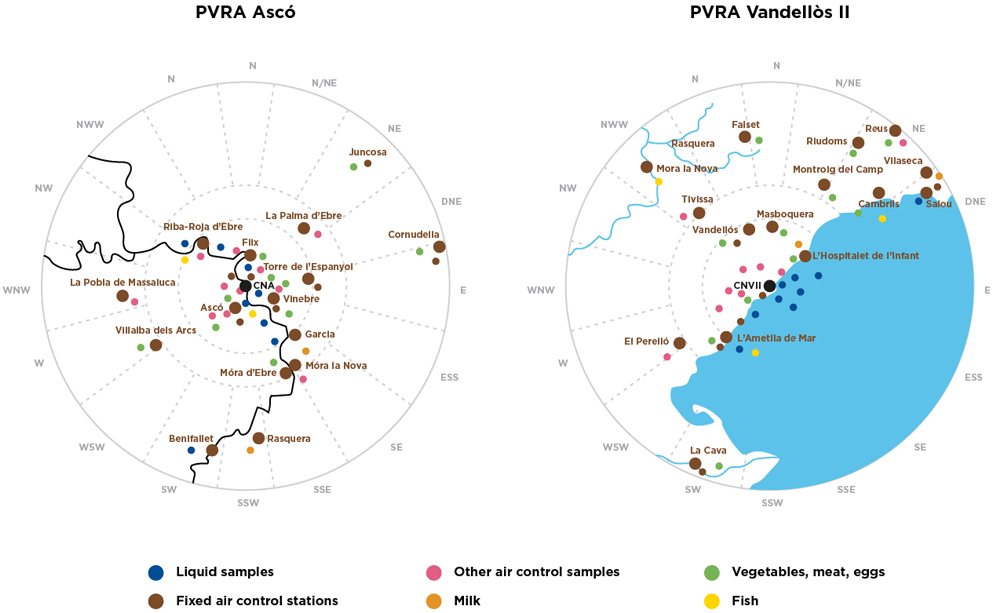ANAV’s environmental policy involves the entire organisation in preventing pollution, protecting the environment, preserving the biodiversity around the plants, promoting innovation and eco-efficiency, and not emitting greenhouse gases.
This website uses cookies so that we can offer you the best possible user experience. Cookie information is stored in your browser and performs functions such as recognizing you when you return to our website or helping our team to understand which sections of the website you find most interesting and useful.













